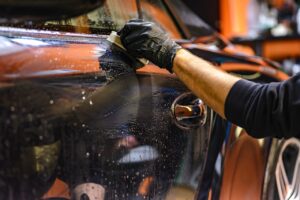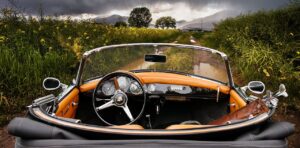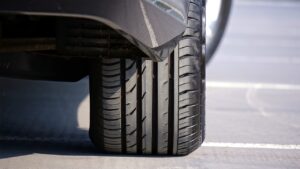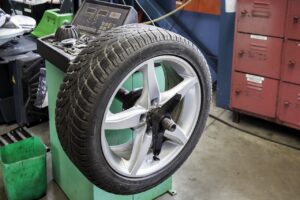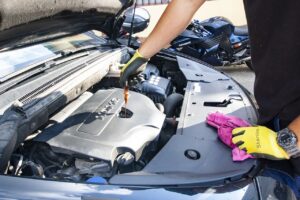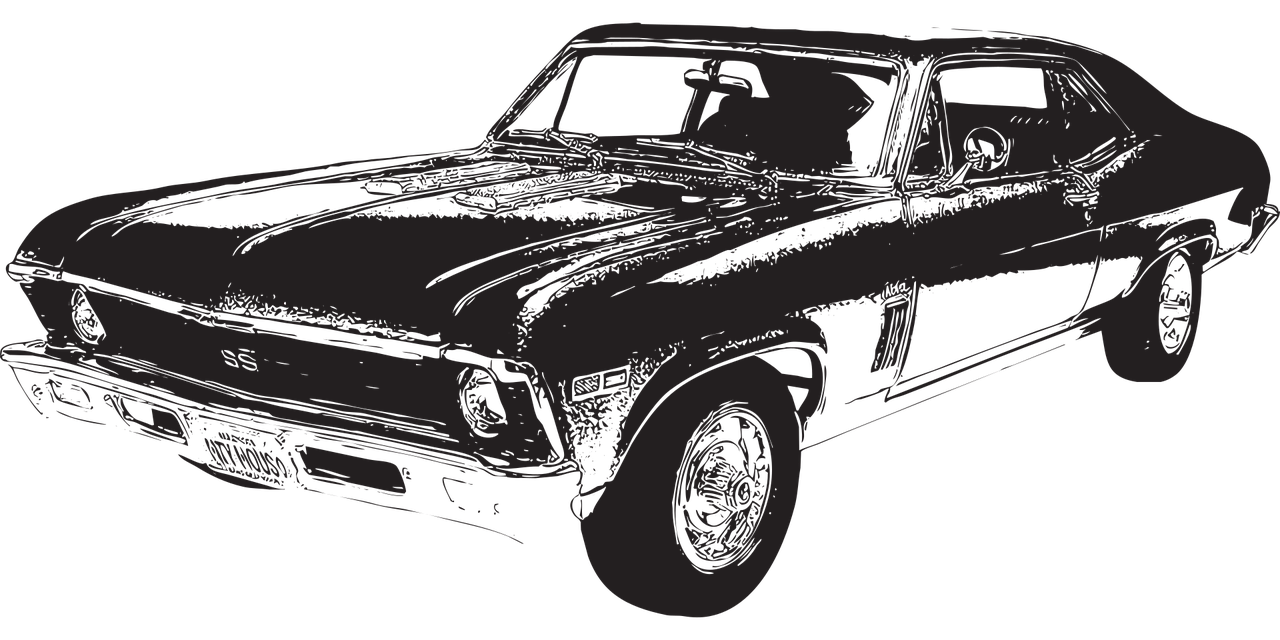
Looking for ways to reduce your car’s fuel consumption? Start by scrupulously following the manufacturer’s maintenance recommendations. If you don’t, you can save up to 20% on fuel consumption! Engine parts, oil, filters… Many vehicle components need to be changed regularly. Don’t miss out!
Lighten your vehicle
Of course, lightening your vehicle isn’t easy, especially when you’re going on vacation. Nevertheless, it’s one of the keys to reducing fuel consumption. To lighten your vehicle and reduce fuel consumption: Empty the trunk of unnecessary objects: the heavier your car, the more fuel it consumes. To save money and improve grip, get rid of heavy objects or those you don’t need. Also look in the glove compartment, in the various storage compartments and in the back seat;
Remove your roof rack or roof box if you’re not using it: the roof rack reduces your car’s aerodynamics, so you use more fuel.
Check tire pressure
Driving with under-inflated tires is first and foremost a safety risk for the vehicle’s occupants. But it’s also a significant factor in fuel consumption, of the order of 2.5 to 5%. Before each journey, it’s a good idea to check the pressure of each tire. This operation (and re-inflation, if necessary) is free of charge at many service stations.
This video can explain it more:
When should I check my tire pressure? You can find the recommended tire pressure for your vehicle on the edge of your car’s front door and in your vehicle’s service booklet. Check your tire pressure at least once a month. Ideally, this check should be carried out when the tires are cold, i.e. about two hours after stopping the vehicle, or after driving less than 3 kilometers.
How do I adjust tire pressure? When a tire is warm after being driven several kilometers, the pressure inside increases. That’s why we recommend adding 0.3 bar to the recommended pressure when checking your tires while they’re warm. In winter, add 0.2 bar during a cold setting to compensate for the low-temperature effect.
Turn off the air conditioning
It’s true that turning on the air conditioning is very pleasant on a long summer trip. But it consumes a lot of fuel. So don’t turn it on as soon as you start the engine. Don’t drive more than 5°C cooler than the outside temperature. When not on expressways and freeways to avoid over-consumption due to air entering the car, use it sparingly.

